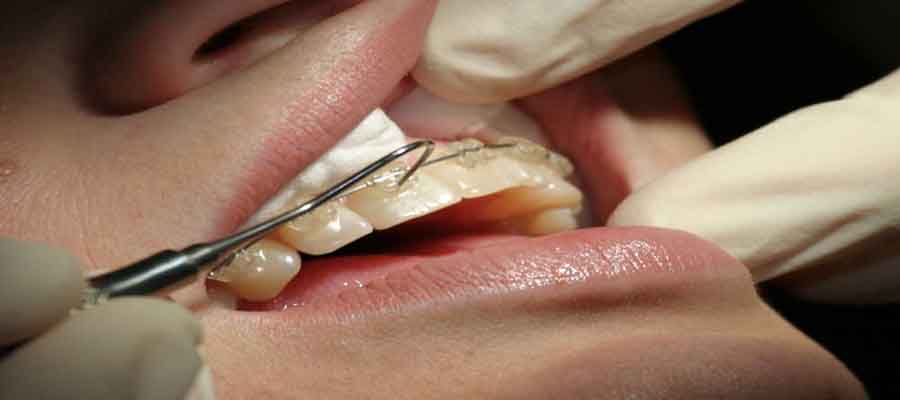
Orthodental
Orthodontal, also known as orthodontics and dentofacial orthopedics, was the first specialty created in the field of dentistry. An orthodontist, specialist in orthodontia, is limited to practice orthodontia only. Whereas general dentists can provide orthodontic treatment along with other treatments for teeth like fillings, cleanings, and crowns. Orthodontists are concerned with the study and treatment of malocclusions (improper bites), which may be a result of tooth irregularity and/or disproportionate jaw relationships.
Malocclusion is not a disease, but abnormal alignment of the teeth and the way the upper and lower teeth fit together. The prevalence of malocclusion varies,[1][2] but using orthodontic treatment indices,[3][4] which categorize malocclusions in terms of severity, it can be said that nearly 30% of the population present with malocclusions severe enough to benefit from orthodontic treatment.[5]
Orthodontic treatment can focus on dental displacement only, or deal with the control and modification of facial growth. In the latter case it is better defined as “dentofacial orthopedics”. In severe malocclusions, management often requires a combination of Orthodontics and Jaw Surgery (Orthognathic Surgery).[6][7] This often requires additional training, in addition to the formal 3 year specialty training. For instance, in the USA, orthodontists get at least another year of training in a form of fellowship, the so called ‘Craniofacial Orthodontics’, to receive additional training in the orthodontic management of Craniofacial anomalies
